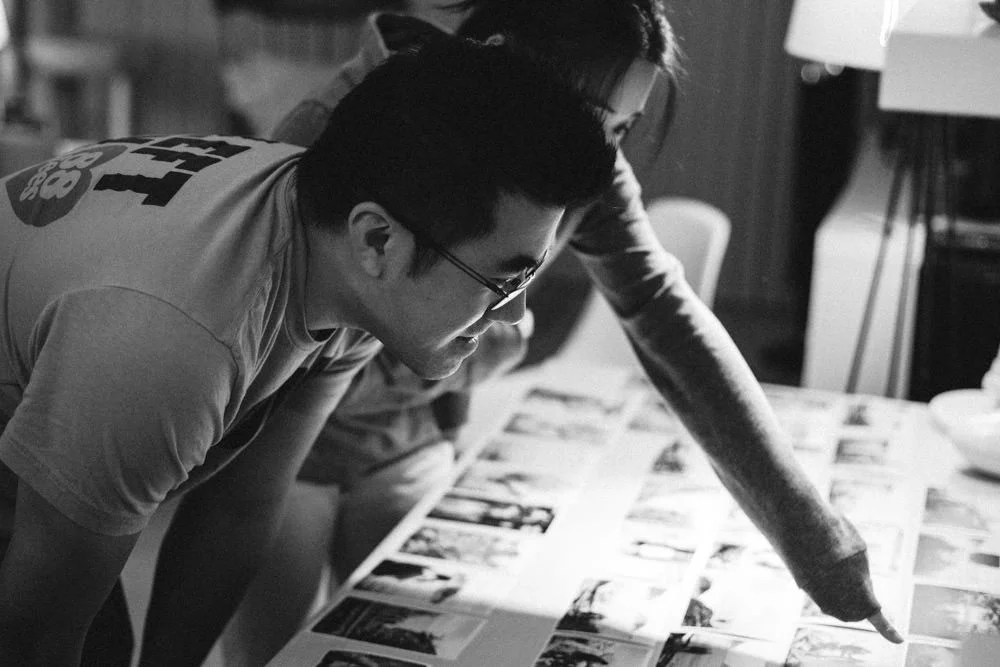
The Canon 1D Mark II N And Roberta Olenick
I was in the market for a camera as I was looking to make use of the digital Mastin Lab film presets to bring my digital images closer to the way I wanted them to look (like film) and I was also considering a digital full frame that could shoot in demanding circumstances. The type of work I had been doing and the type of demands asked of me made me consider a camera upgrade. Don’t get me wrong, I still love the Leica and my Pentax 645 and Pentax digital cameras but there was a gap that needed to be filled in my line-up. In all honesty, I could probably use any camera to take a photograph but in practice I have found that some tools are much better than others when it comes to certain assignments.

We Showed Them Prints
It was the wonder in their eyes and the semi-astonished looks in their faces. We laid out the prints on a large desk and couldn't fit them all despite it being a large desk. There were many 4x6 prints and Stephen and Danielle (as well as my wife and I) were looking over them. Presenting the images in this way really created a new and old experience for us all. It was real. It was tangible. It was the true life of a photograph: Print.
